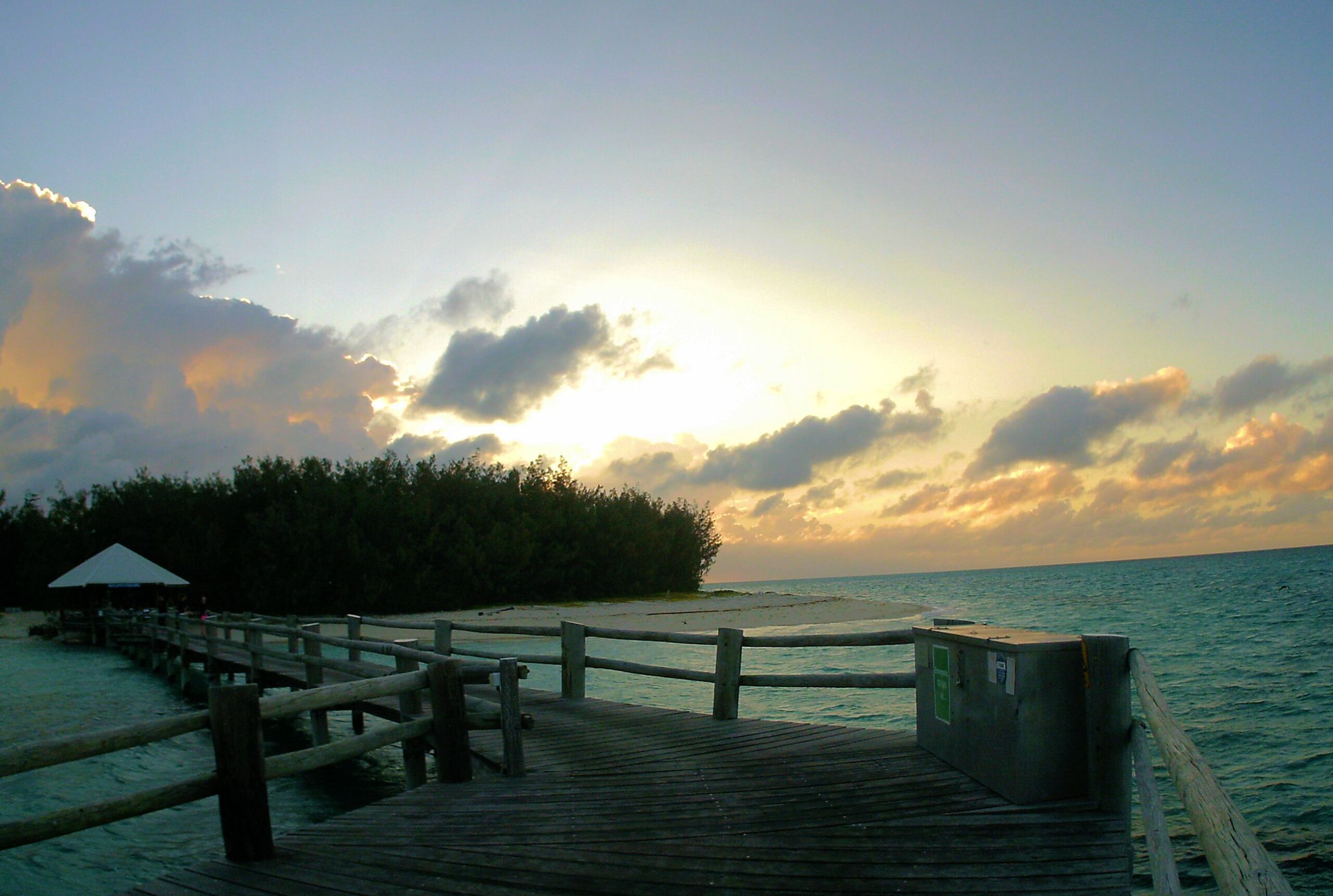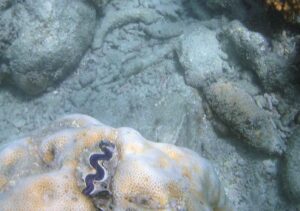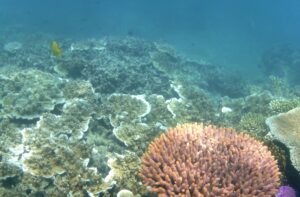How Doing Research Abroad Brought Climate Change into Perspective


In the fall of 2015, I studied abroad in Australia at the University of Queensland, and I would never have thought that I would be given the opportunity to complete a research project at one of the world’s most beautiful places: the Great Barrier Reef.
The class that provided me with this opportunity was called Australia’s Marine Environment, and with this class I was able to go on a week-long field trip to focus on marine biology research. Our destination was Heron Island Research Station, an eleven-hour bus ride and two-hour ferry ride from the UQ campus. Stepping off the boat onto the dock of Heron Island, however, was worth the cramps and sleeplessness of the long journey. The sight was breathtaking.
On the first day of the excursion, our class was divided into groups based on our snorkeling ability, and let’s just say, as a guy from central Virginia, my snorkeling ability was limited. After donning the masks, stinger suits, fins, and snorkels, each group swam out to the ship wreck to observe some of the magnificent marine wildlife surrounding Heron Island’s reef. We saw a huge leatherback sea turtle, a large grouper, a few black-tipped reef sharks, and some friendly sting-rays.
Deciding on our Research Topic

That evening after dinner, we were randomly split into research groups of five to six students and assigned to a marine biology graduate student who would oversee our research project and accompany us out into the field to conduct our research. My research group went out the next day to snorkel on the sheltered side of the island, where the reef was much more expansive.
While snorkeling over the reef, our group came up with the idea to study the topic of giant clam distributions on each side of the island. We thought it would be an interesting topic because one side of the island was exposed to the harsh weather and stronger currents and the other side was sheltered from these forces by the island.
In the periods of time not discussing our project design or looking up journal articles for background research on giant clams, we were given tours of the surrounding reef flats. It was at these reef dives that I saw the true beauty of the Great Barrier Reef—shivers of sharks cruising just below the surface, more scared of us than I was of them. A hawksbill sea turtle that I dove after and followed while it peacefully swam over the corals. Schools of fish darting here and there among the sea fans and the staghorn coral structures. And of course the hundreds, if not thousands, of coral species among which all of these animals live.
Gathering and Analyzing Data

We conducted the actual research on two consecutive days at low tide, so that we could easily make the transect lines over the coral reef. We constructed three transect lines perpendicular to the shore, starting at the edge of the reef and continuing for 20 meters toward the ocean. Then we counted the number of giant clams that were on the transect line and within 2 meters of it.
We gathered data on both the exposed side and the sheltered side of Heron Island. After analyzing the data, we found that there is a significantly higher species density of giant clams on the sheltered side of the island, though there was no difference in the clams’ average size. Our findings could potentially be helpful in creating artificial substrates for the clams as well as identifying areas for protection in locations where they are vulnerable and threatened.
Coral Bleaching and Climate Change

However beautiful the coral reef surrounding Heron Island was, it was only a fraction as magnificent and colorful as it had been years before. This was due to a bleaching event that swept through the southern half of the Great Barrier Reef just months before my arrival in Australia. Snorkeling over the reef, I saw plenty of bleached corals, white skeletons of calcium carbonate haunting the remnants of their colorful neighbors.
This brought the threat of coral bleaching into perspective for me, giving me a firsthand experience of the disastrous effects of global climate change on the natural beauty of ocean environments. It made me stop and think of the impact humans are having on our environment, not just in Australia, but all over the world. Rising water temperatures and acidity can be directly attributed to bleaching events, not only at the Great Barrier Reef, but at the Ningaloo Reef in Western Australia and the reefs of the Caribbean.

Witnessing the bleached corals reaching up from the substrate like skeletal hands left me with lingering questions: What will happen if global climate change isn’t curbed in the near future? Will the beauty of the Great Barrier Reef only exist in old photographs, or will it find a way to survive in a harsher environment? Will humans realize the impact we have on the environment before it is too late?
The wonderful experience I had while on Herron Island helped to solidify the already incredible experience of studying abroad in Australia. A stereotypical place to visit while in Australia is the Great Barrier Reef, but my visit there was more than just tourism. I got the opportunity to see more intimate details of the Great Barrier Reef while doing a research project there. I was able to see the bright colors and the busy activity of the animals, but I also glimpsed the complexity and fragility of it.
This research experience helped to shape the rest of my study abroad semester by reminding me that all actions have consequences, no matter how trivial they may seem in the moment. It made me more aware of the impact we humans have on the world around us, and that we need to learn how to better interact with this awesome planet we call home.
Sean W. | Biology and Psychology student | Wake Forest University | University of Queensland Partnership in Brisbane, Australia | 2015